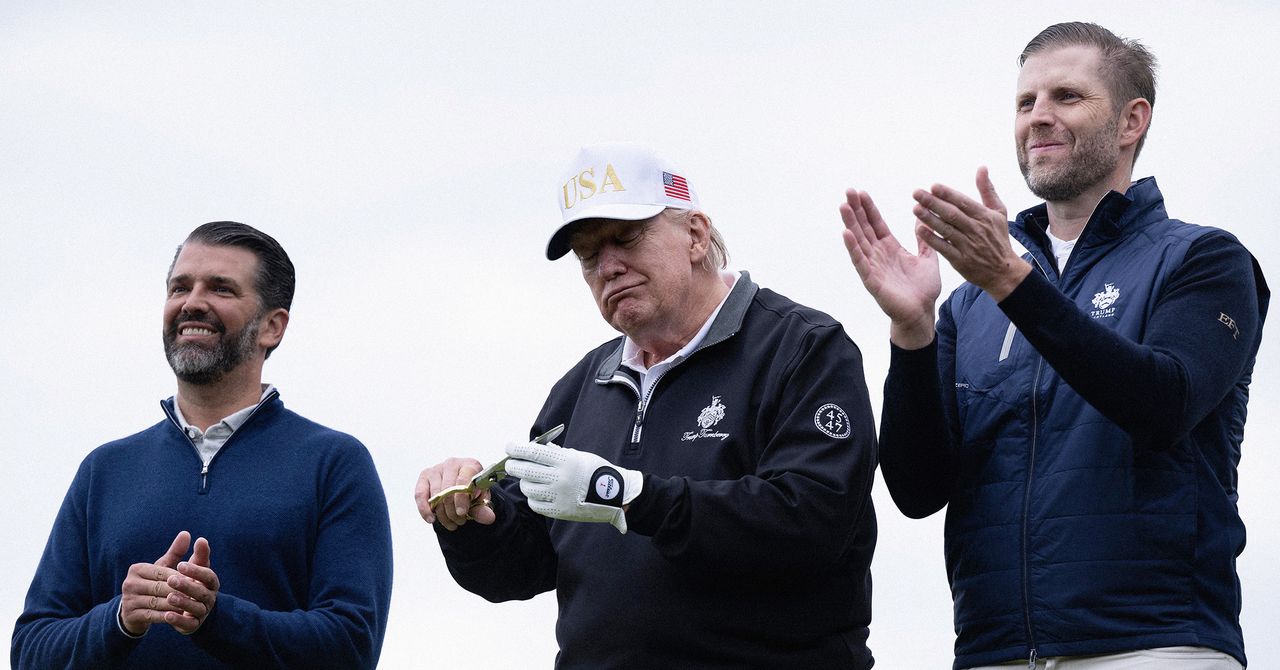The Trump family began to tease the launch of World Liberty Financial last August, ahead of the 2024 US presidential election. Initially, it was unclear what services the business would provide; the pitch was simply to “make finance great again.”
Since then, World Liberty Financial has launched USD1, a so-called stablecoin tied in value to the US Dollar, and the WLFI coin.
WLFI was initially meant to be used only for voting on changes to World Liberty Financial projects, not for trading. But in July, WLFI holders voted by a landslide to make the token tradable on the secondary market. World Liberty Financial has not yet confirmed when trading will begin.
The crypto treasury strategy that World Liberty Financial is pursuing was first popularized by Strategy—formerly MicroStrategy—a publicly traded software company that has accumulated a trove of bitcoin currently worth more than $74 billion. Strategy has long traded at a value that far exceeds its bitcoin holdings.
Since Trump was reelected in November on a staunchly pro-crypto platform, copycat treasury companies have flooded US public markets. In the past few months, figures including Brandon Lutnick, the son of US commerce secretary Howard Lutnick, and David Bailey, a bitcoin evangelist who reportedly advised Trump on crypto policy, have launched their own respective bitcoin treasury vehicles. Two Nasdaq-listed companies with links to China also recently raised hundreds of millions of dollars to acquire a combination of bitcoin and Trump’s memecoin.
Strategy “has been the best performing stock of any other on the public market since that first bitcoin purchase. Naturally, other companies are attracted to that return profile,” Bill Papanastasiou, director of equity research at analyst house KBW, told WIRED earlier in the year.
ALT5, with its newly-formed WLFI treasury, is part of this broader phenomenon. But unlike the rest, the underlying coin is not yet publicly tradable.
“World Liberty Financial is declaring that its token, which originally was supposed to be a governance-only token, is now going to be liquid and tradable. As a result, it’s very important to create an entity that will buy that token anytime it starts to fall in value,” alleges Green. “That’s really what’s happening.”
Others are less skeptical of the economic principles beneath the crypto treasury companies; the opportunity to expand the amount of crypto they hold per share by earning yield on treasury assets, marketing derivatives and issuing convertible debt, they say, justifies the inflated valuations.
“It’s sort of anathema to everything I learned as a value investor … but I realized there’s a real fundamental thesis to why these can and should trade [at a premium to the value of their treasuries],” says Cosmo Jiang, general partner at crypto investment firm Pantera Capital, which has invested in a number of crypto treasury companies. “They actually remind me a lot of banks, if you boil it down. A bank has a pile of deposits and then goes out and tries to generate yield on those deposits.”
“I’m a bit bullish on these vehicles,” says Thomas Braziel, cofounder of investment firm 507 Capital. “I’m not sure yet why anybody would be that worried … A bubble, maybe it makes a headline, but I don’t think it’s accurate.”
But even investors who see promise in the crypto treasury strategy recognize a risk associated with the extent of the Trump family’s entanglements with the industry, which they fear could result in political blowback if the Democratic party were to return to power.
“The biggest risk to me in crypto right now—if you’re a crypto bro or bull—is the unabashed pocket-lining done by the Trump family,” claims Braziel. “For Trump, if there’s no conflict there’s no interest.”
